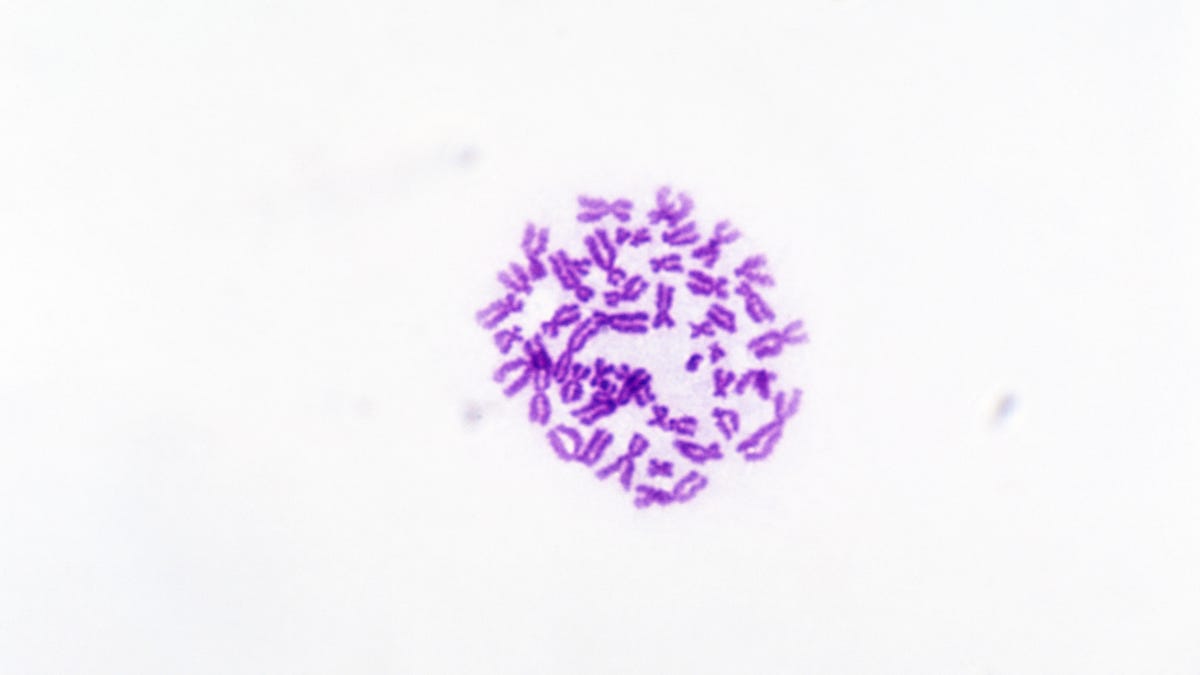Murder suspect identified by DNA database has now been convicted
The trial tested the strength of a new crime-solving technique.

Genetic genealogists use genes from all of a suspect's chromosomes to find distant relatives in the GEDmatch database.
A defendant has been found guilty of murder in what's believed to be the first trial brought against a criminal suspect identified through the public DNA database GEDmatch. Marking a major milestone for the new police investigation tool, a Washington State jury on Friday convicted William Earl Talbott II on two counts of aggravated murder.
The victims were a young Canadian couple, Jay Cook and Tanya Van Cuylenborg. Talbott was identified because his distant relatives submitted their DNA profiles to GEDmatch, a public database where people who've used services like Ancestry, MyHeritage and 23andMe can all share their data.
It's the same database that helped experts, called genetic genealogists, identify Joseph James DeAngelo as a suspect in the Golden State Killer case in 2018. Since then, suspects have been identified in more than 50 cases dating as far back as 1967. To find persons of interest in criminal investigations, genetic genealogists upload DNA data found at the crime scene to GEDmatch and look for matches to distant relatives. Next, they build a family tree and conduct research to identify who the suspect might be. Police then follow the possible suspects and collect their DNA if it matches the crime scene.
CeCe Moore, a genetic genealogist who works for forensic company Parabon NanoLabs, uploaded DNA collected from semen found at the crime scene in her effort to identify Talbott.
The technique has privacy experts on watch. They say there hasn't been enough public debate on when or how the technique should be used, and there could be privacy concerns regarding how investigators collect and use suspect DNA.
However, Talbott's lawyers didn't take issue with the use of genetic genealogy during the trial or bring any privacy challenges against the evidence. According to the Herald, a newspaper in Snohomish County where the trial took place, the defense attorneys emphasized that the DNA was the only thing to tie him to the crime scene, and argued his semen could have been found in the victims' van as the result of a consensual act.
Rachel Forde, an attorney for Talbott at the Snohomish Public Defenders Association, said in an email that the jury made the wrong decision by focusing on the DNA evidence. Talbott plans to appeal the conviction, Forde said.
"Every American should now be concerned that the mere presence of their DNA at a crime scene could now lead to a conviction for a crime they didn't commit," Forde said.

